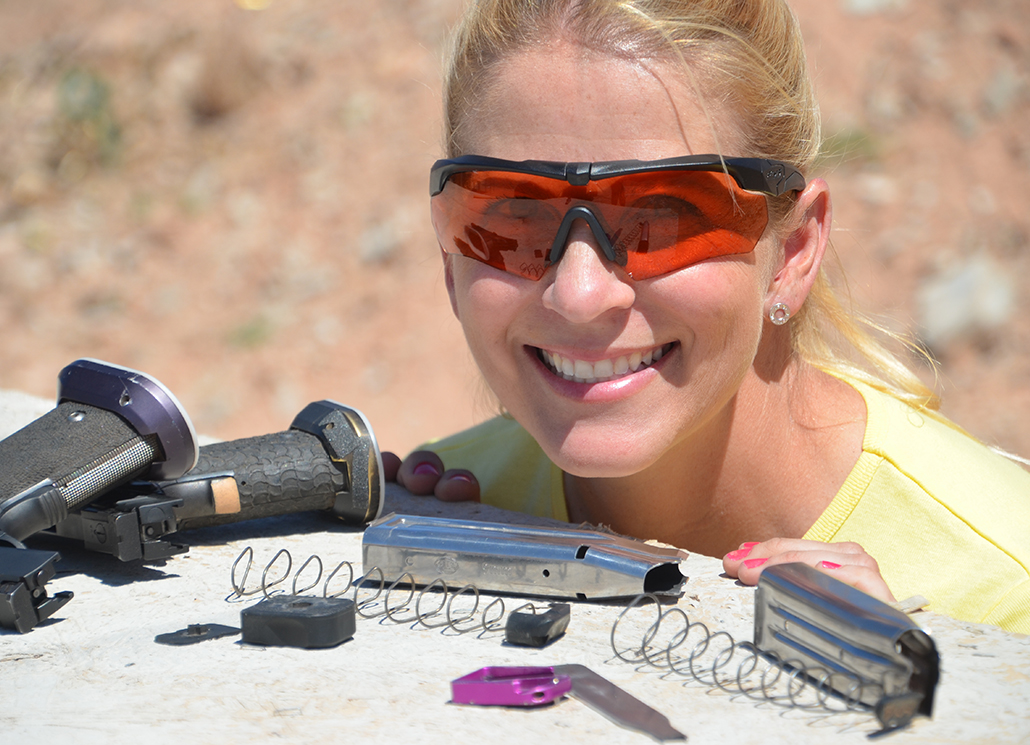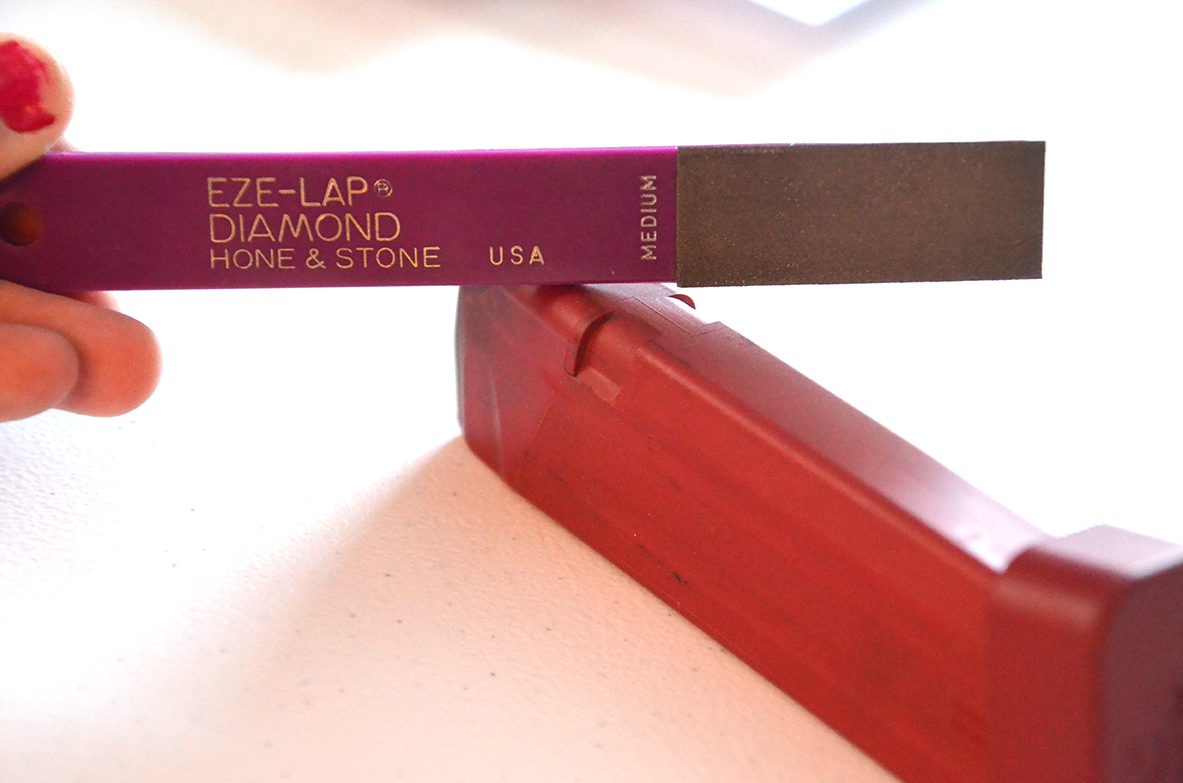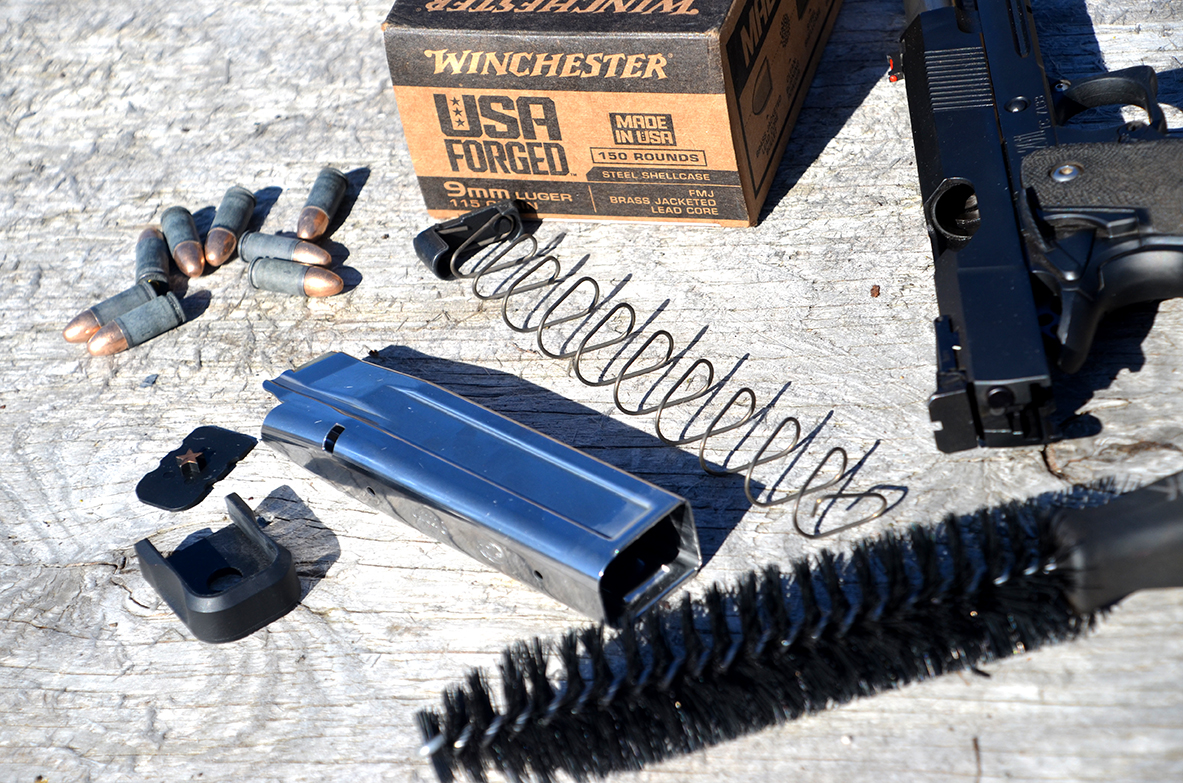How to Best Clean a Magazine
As we cover handgun shooting, we have covered a simple way to clean a pistol. However, what about the gun’s magazine? What do you need to know about them to make sure they are in working order? In this post, I am going to cover a few things you should know about your handgun magazines so that you are better prepared the next time you decide to shoot your handgun!
It is said, cleanliness is next to godliness. When it comes to guns, this adage is TRUTH! What makes you a god among mankind when it comes to using a pistol? Well, one that runs reliably to start! And to ensure that, we need to put in superhuman effort...sort of. A big part of it comes down to doing small things. One of those small things is cleaning magazines. It’s important not to let the little things slide. For competition, this means we might have a poor time or malfunction. For hunting or self-defense, there are much bigger implications!
Cleaning Schedule
Like many things that happen in relation to competition, we need to develop a pattern or plan for cleaning gear. I always clean a magazine if I drop it in competition. Rarely am I at a range where I don’t have to break a magazine down and brush it out.
The first step is to break the magazines down so I can brush it out with a stiff-bristled mag brush. Then if I’m in a dusty environment, I will pull a soft cloth through the magazine to remove any fine dust or super-small particles. As I put it back together, I will pay attention to places magazines can take a beating (like the feed lips or magazine release slot).
Polymer vs. Metal Magazines
If you shoot a gun with polymer magazines, one area to pay attention to is the magazine release slot. For example, on a Glock mag, the edges of this cut can wear over time, and can cause a mag to stick. So when I clean a Glock mag, I always pay attention to that cut. Sometimes just dressing any dings with something like a diamond file or an EZE-Lap will work to keep the mag running.
For metal pistol mags the main concerns are areas where the magazine might wear or take damage. The mag release slot and the feed lips of the mag are the two big ones. If I shoot over concrete and drop mags, this can sometimes cause issues. So, having an eye on my gear and knowing what condition it’s in is important.
Dust
Dust is the biggest enemy to any mag. Make sure mags are free of dust, dirt, and anything that can get jammed inside after you drop a mag to change magazines during the course of fire. Checking for those things is the first step to take after you finish a stage that requires a mag change. Most shooters carry a mag brush in their bag, and they will pop their mags apart and clean them after each stage. If you are at a range known for dust, you will have to pay special attention to the mags. Some ranges have very unique dust that coats gear to the point where it almost becomes sticky. Cleaning mags is different than cleaning a gun in that we do not oil our mags. We don’t want to attract more dust! I wipe mine out with a soft cloth rag after using a mag brush. If the dust, sweat, humidity are bad, I will wipe them off with an alcohol wipe too. When I am done with my match, I often wipe down my steel mags with some oil so they don’t rust. I know my sweaty hands tend to create rusty spots on a few particular steel mags, so I’m careful with them. I will also take them to the buffing wheel in the shop and use some polishing compound to make them super smooth again.
Don’t forget to clean the springs when you clean a mag. Check for rust, and note the spring strength. If it’s been a long time since you changed them, you might want to consider changing your magazine springs. But you won’t know their status if you don’t clean your mags. This is why it’s important to clean magazines for concealed carry handguns too. Knowing what’s inside that mag, making sure it hasn’t picked up a piece of lint or thread that could cause a malfunction are important steps to take to be prepared. If you hunt with a handgun, same thing. You don’t want to put in the effort to get to the hunt, have a chance to make a shot, only to be skunked by not having your gear in order.
Like any part of a good shooting performance, practice is key. Practicing good habits on gear maintenance will help you to not only be physically prepared to compete, but I know it gives a sense of confidence. If I know my gear is in order, I don’t worry about it functioning and I can focus my mental energy on shooting. I don’t worry because I clean and go over my gear before, during, and after a match.
Next week, we are going to do a video on shooting speed, so be sure to follow Winchester’s social media channels for more hunting and shooting tips and updates on Winchester supported events and promotions on Facebook, You Tube, Instagram and Twitter.






